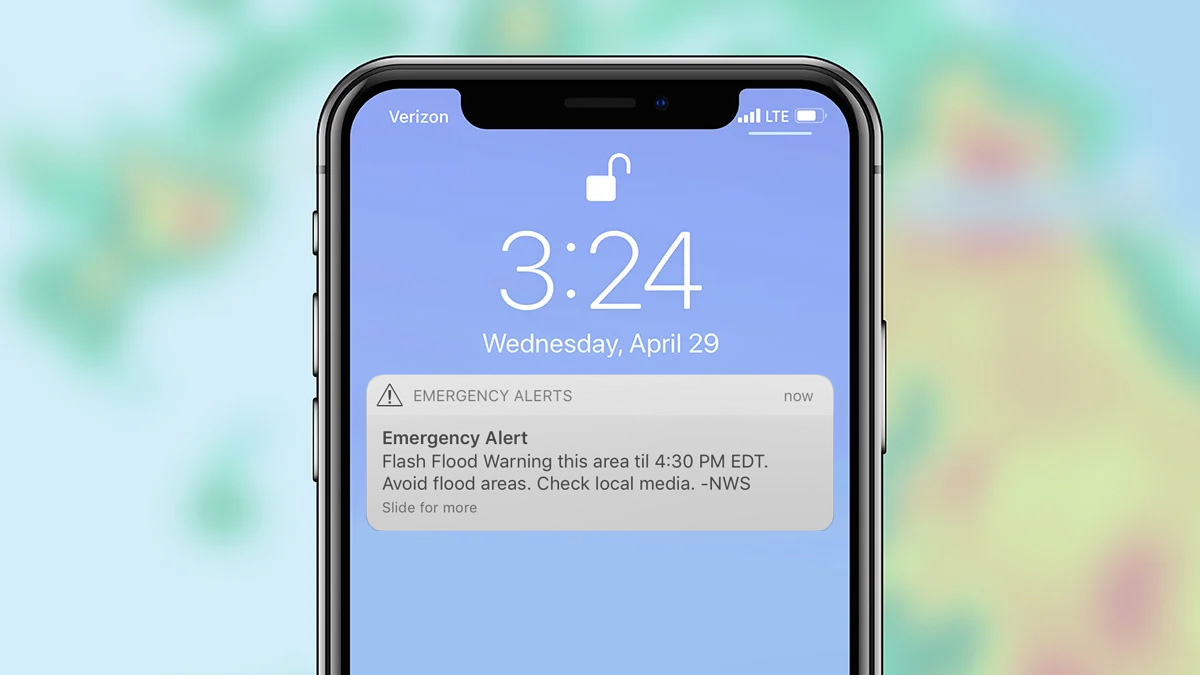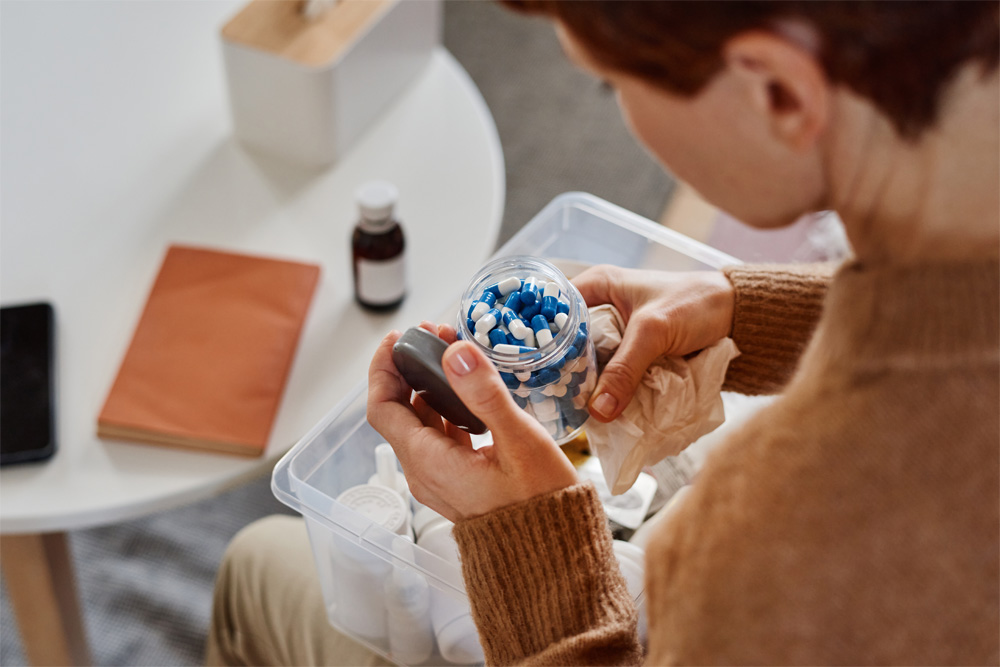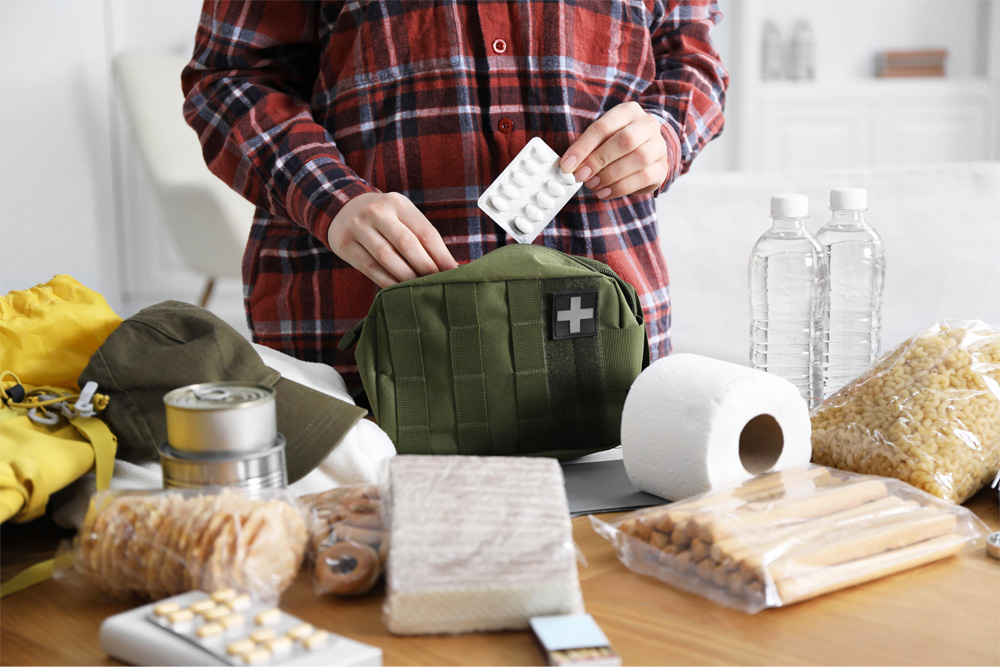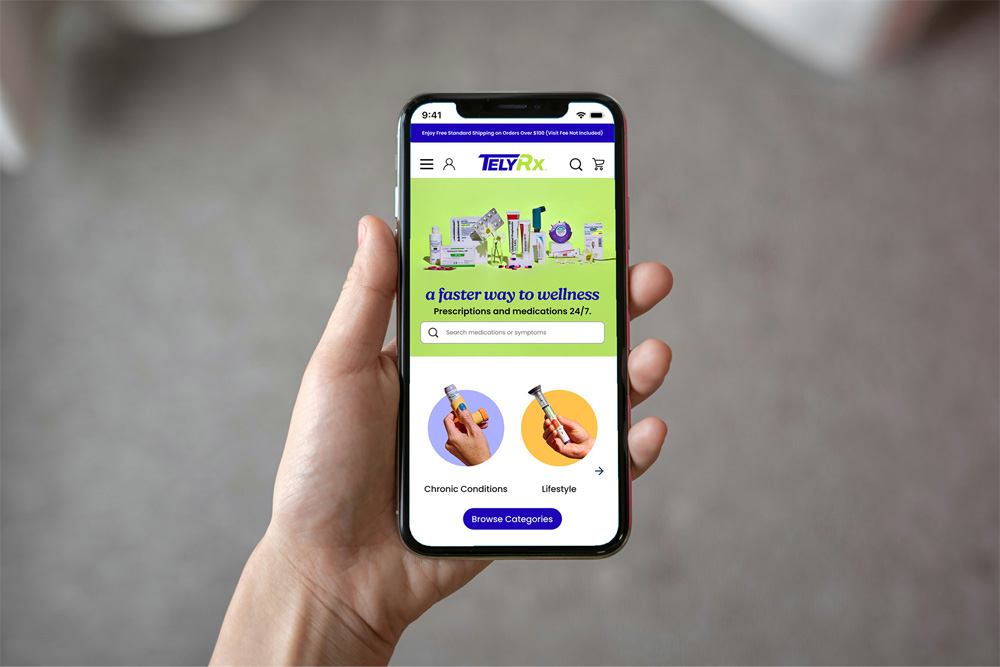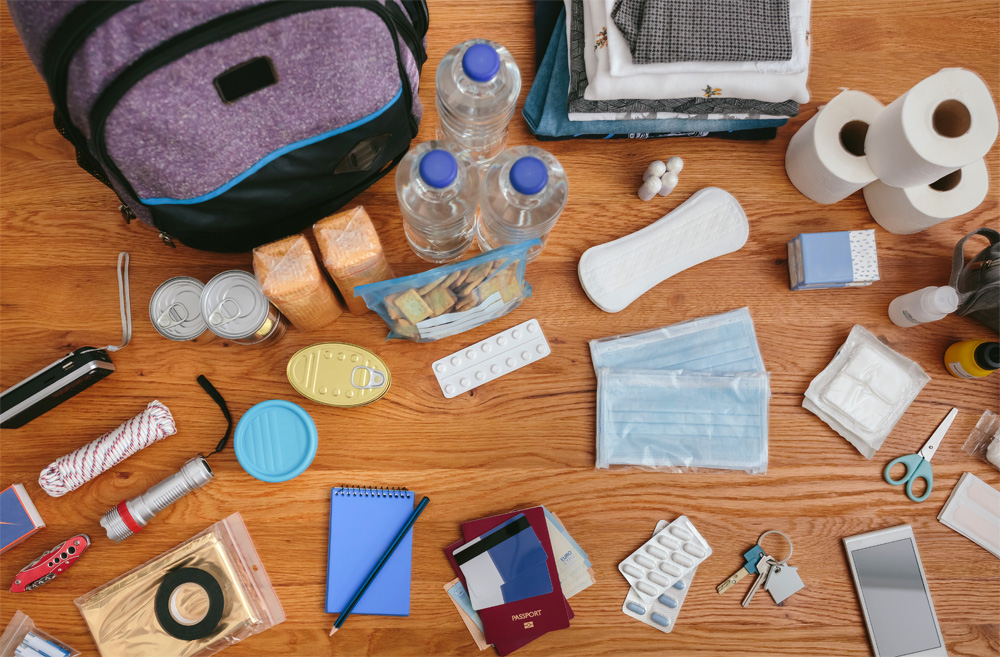You’ve got the basics covered. Batteries, protein bars, enough water to last a week, and maybe even a radio that actually works. Your emergency kit is ready for whatever nature throws your way – hurricanes, wildfires, power outages, you name it.
But most emergency checklists overlook one life-saving essential: prescription medications.
If that makes you pause for a second, you’re not alone. According to recent data from the CDC, almost half of all Americans use at least one prescription medication, yet very few of us have a plan for what to do when a natural disaster strikes and our usual pharmacy is forced to evacuate or shut down before we can reach the counters.


